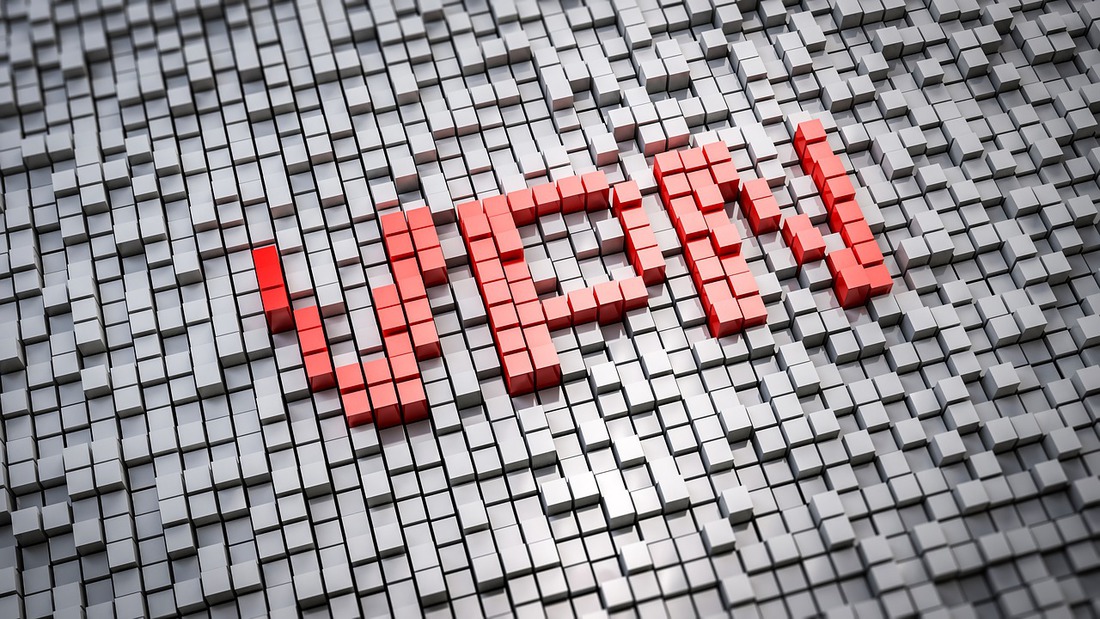Imagine logging into your computer one day to find that all of your files are encrypted, and you can’t access anything without paying a ransom. This is the reality of being infected with ransomware, a type of malicious software that has become increasingly common in recent years. From individuals to large corporations, no one is safe from this threat. But don’t worry – there are steps you can take to protect yourself and minimize the risk of falling victim to this digital extortion scheme. In this blog post, we’ll explore what ransomware is, how it works, its consequences, and most importantly – how you can protect against it.
What is ransomware?
Ransomware is a type of malware that encrypts your files and demands payment in exchange for the decryption key. It’s essentially digital extortion, with attackers holding your data hostage until you pay up. Ransomware typically spreads through phishing emails, malicious websites, or software vulnerabilities.
Once ransomware infects your computer, it begins to encrypt files on local drives and network shares. The encryption process makes these files unreadable without a unique decryption key that only the attacker possesses. This means that victims are left with no other option but to pay the ransom if they want their data back.
There are different types of ransomware out there – some lock your screen while others encrypt specific file types or entire drives. Some even threaten to publish sensitive information unless you pay up. Regardless of the method used by attackers, one thing remains clear: ransomware is a serious threat to individuals and businesses alike.
To avoid falling victim to this type of attack, it’s important to educate yourself about how ransomware works and take proactive steps towards protecting yourself against it.
How does ransomware work?
Ransomware is a type of malware that encrypts files on the victim’s computer and demands payment in exchange for the decryption key. It typically enters a system through email attachments, malicious links or exploit kits. Once it gains access to a device, ransomware will search for valuable files such as documents, photos or videos and then proceed to encrypt them using strong encryption algorithms.
The attackers behind ransomware demand payment in cryptocurrency, which makes it difficult to trace the money flow. They often threaten victims with permanent loss of their data if they don’t pay up within a specified time frame.
Ransomware can also be spread across networks by exploiting vulnerabilities in outdated software or weak passwords. This means that even one infected machine can compromise an entire organization’s digital assets.
To protect against ransomware attacks, it is important to keep software updated and use strong passwords. Backing up important data regularly and storing it offline can help mitigate damage from an attack. Additionally, being cautious when opening emails from unknown senders or suspicious attachments can prevent malware infections in the first place.
What are the consequences of ransomware?
Ransomware attacks have become increasingly prevalent in recent years, and the consequences of falling victim to such an attack can be severe. One of the most immediate impacts is that access to important data may be restricted or entirely blocked. This could include personal files, financial records or business-critical information.
Furthermore, ransomware can also result in significant financial costs for those affected by it. Victims are typically required to pay a ransom to regain access to their data or systems – and even then there’s no guarantee that all data will be restored.
Ransomware attacks can also damage an organization’s reputation if sensitive customer data is compromised. In some cases, businesses may face regulatory fines due to failure in securing customers’ information.
Beyond these direct impacts on organizations and individuals, ransomware attacks pose a wider threat; as they incentivize hackers around the world who see this type of cybercrime as profitable. The more successful ransomware attacks are carried out and paid off, the more attractive this activity becomes for criminals looking for easy money.
In short, there are many potential consequences of falling victim to a ransomware attack – from loss of critical data through financial penalties all the way up reputational damages at both individual and organizational levels
How to protect against ransomware?
Ransomware is a type of malicious software that can cause significant damage to your computer systems and valuable data. Fortunately, there are several effective ways to protect against ransomware attacks.
Firstly, it’s essential to keep your operating system and all software applications updated with the latest security patches. This will ensure that any vulnerabilities in these programs are addressed promptly and reduce the risk of exploitation by attackers.
Secondly, implement strong password policies for all user accounts on your system to prevent unauthorized access. Use complex passwords that combine uppercase and lowercase letters, numbers, and special characters.
Thirdly, regularly backup vital data using an offline or cloud-based storage solution. This way, if you fall victim to a ransomware attack, you always have copies of important files available for recovery without paying ransoms.
Fourthly, use anti-malware software from reputable vendors as they come with comprehensive protection features such as real-time scanning and blocking of malicious websites.
Lastly but not least importantly train employees about cybersecurity best practices such as recognizing phishing emails or suspicious links sent via email or social media platforms.
How to remove ransomware?
If you have been unfortunate enough to fall victim to ransomware, it is important that you act fast to remove the malware from your system. Here are some steps that you can take to remove ransomware and regain control of your computer.
Firstly, disconnect your device from the internet immediately. This will prevent further damage or data loss as the ransomware may continue encrypting files or spreading through connected devices.
Next, run a full scan with reputable anti-malware software such as Malwarebytes or Norton Security. These programs will help detect and remove any malicious files on your computer.
If this doesn’t work, you may need to try booting into Safe Mode and running another scan. Alternatively, using a system restore point prior to infection could also be an option if available.
In extreme cases where none of these methods work, seeking professional assistance from a cybersecurity expert might be necessary. It’s always better safe than sorry when dealing with sensitive data and personal information in today’s digital world!
Conclusion
In today’s digital world, ransomware has become a significant threat to individuals and businesses alike. It can cause not only financial loss but also damage to reputation and trust. However, we have seen that with the right measures in place, it is possible to protect against ransomware.
The first step towards protecting yourself from ransomware is taking preventive measures such as keeping your software updated regularly and avoiding suspicious emails or downloads. Additionally, implementing security solutions like firewalls and antivirus software can help reduce the risk of an attack.
In case you do fall victim to a ransomware attack, it’s important not to panic. Instead, follow our tips on how to remove ransomware effectively without giving in to hackers’ demands.
Staying vigilant and informed about the latest threats while practicing safe online habits should be at the forefront of everyone’s mind when navigating through cyberspace. Remember that prevention is always better than cure when it comes to cyber attacks like ransomware!











FIND US ON SOCIALS